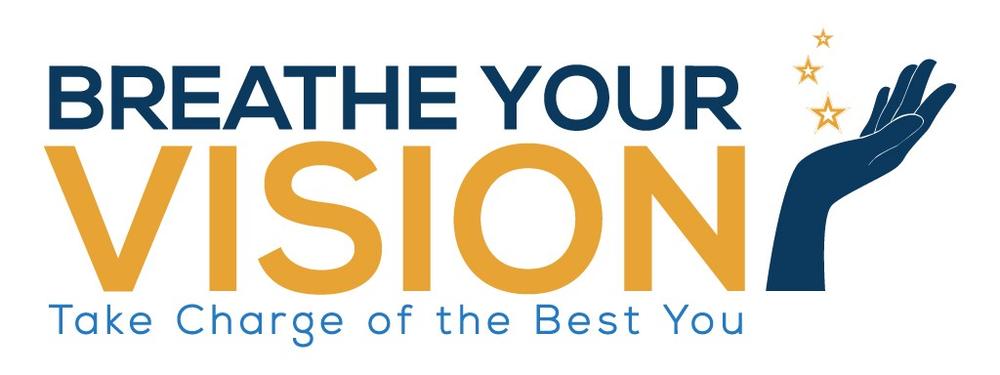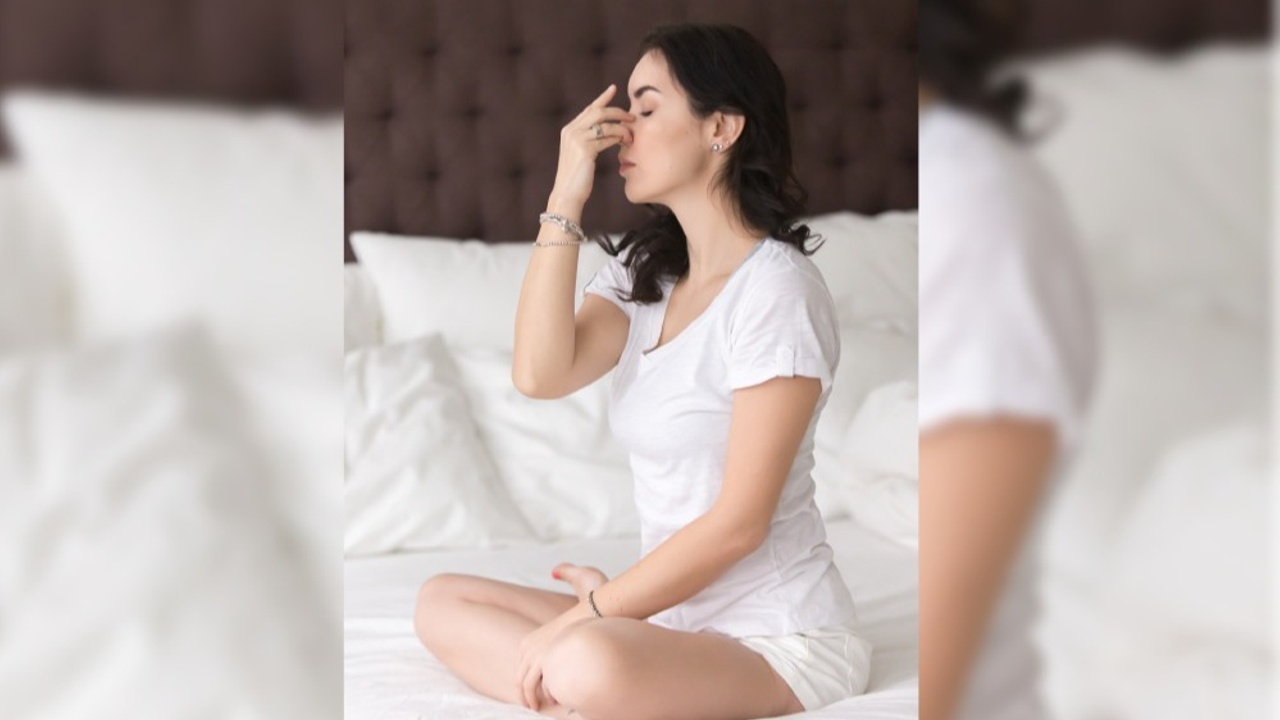5 Effective Breathing Exercises for Anxiety
Anxiety works differently for every individual who is clinically diagnosed with one. Some are always on the lookout for dangers around them, that they become more alert and aware of their surroundings. However, for some individuals, anxiety is more than that.
Those with anxiety have this feeling wherein they feel overpowered by fear or dread. They feel restricted in their everyday lives because they have these scenarios in their mind that they fear might become a reality. In this case, most doctors will advise trying breathing exercises.
Breathwork training are often recommended to people with anxiety by experts as a strategy to help manage their anxiety attacks. These kinds of exercises help individuals relax because they can lower the heart rate and promote calmness.
Let us take a deeper look at breathing exercises for anxiety in this blog and their benefits.
5 Effective Breathing Exercises You Can Do to Reduce Anxiety
Below are some of the breathing exercises for anxiety that you might want to learn about:
-
4-7-8 Breathing or the Relaxing Breath
Breathe in for four seconds, hold it for seven seconds, and exhale for eight seconds—this is the 4-7-8 breathing, also known as the Relaxing Breath technique, in a nutshell.
This exercise can help with your anxiety because it acts as a natural tranquillizer for your brain. In fact, this method can be used to help people to get to sleep because it allows you to go on deep and rhythmic breathing that can help you ease into slumber.
You can do this method by sitting with your back straight, and you can also do it while lying down.
-
Lion’s Breath or Simhasana
Exhale deeply and forcefully, just like how you would imagine lions roar, and this is basically what you can picture out when imagining this breathing exercise.
Also known as simhasana in Sanskrit, this exercise is beneficial for those who are feeling very anxious, frustrated, and stressed out. Also known as pranayama, this breathing practice can help reduce hyperventilation and improve respiratory endurance.
-
Diaphragmatic Breathing
The way we breathe normally involves shallow breaths, and we don’t necessarily use the entirety of our lungs.
However, when it comes to diaphragmatic breathing, it fully engages not just the diaphragm as you breathe but it also includes your stomach and abdominal muscles. Doing this exercise allows your lungs to get filled with air efficiently.
Based on a 2017 study published in the Frontiers in Psychology, it was revealed that this breathing exercise can help alleviate the levels of the stress hormone cortisol. It also decreases and diminishes any stress and anxiety symptoms of the body.
-
Resonance Breathing
Resonance breathing involves breathing in a rhythmic pattern. It can help make you feel relaxed and alleviate anxiety symptoms as it induces a regulating effect on the brain, including other systems, such as the circulatory system.
Also called coherent breathing, this type of breathing can also put your fight and flight response in a calm state. This exercise allows you to suppress such a response, effectively lowering your stress levels within minutes.
In some cases, those who do this exercise are guided by visual and audio tools, which helps them to get into an optimal state of breathing. You can cultivate control of your lungs which will then benefit you mentally and physically.
-
Pursed-Lip Breathing
The term pursed-lip breathing literally encourages you to purse your lips as you control how you breathe. And in the process, you can already relieve your anxious feelings.
This method lets you slowly inhale via your nose for two seconds, and before you exhale, purse your lips as if you are about to blow out a candle. And with your puckered lips, exhale for at least four seconds. You can do this exercise up to five times throughout the day whenever you need it.
Breathing Exercises Benefits for Anxiety
Individuals with anxiety tend to take shallow, quick chest breaths whenever they feel distressed, which is definitely not a good thing to experience.
Deep breathing is one of the best approaches to reduce anxiety and stress. Breathing deeply and properly is a way of telling your brain that everything is okay and that you can relax and calm down. This means that any stress-related symptoms, such as rapid breathing, elevated blood pressure, and increased heart rate, will decrease and eventually diminish. With all of life’s challenges, anxiety is the last thing you need. Thankfully, deep breathing may be used as a stress-relieving meditation that benefits your entire body.
You can choose any of the breathing exercises above and see what will work best when it comes to regulating stress and anxiety and increasing oxygen flow to your heart and brain. The best thing about these exercises is that they can be done anywhere without a need for equipment to carry them out successfully.
Now that you know how to reduce anxiety through the breathing exercises for stress and anxiety above, consider learning how to do these to improve your quality of life and overall health.
Breathe the Right Way with the Help of Breathe Your Vision
Begin your journey to a relaxed and worry-free life by learning how to breathe properly and efficiently with the help of Breathe Your Vision. With the guidance of a certified breathing instructor and resilient trainer Karishma Desai, rest assured that you will experience the benefits of breathing exercises for anxiety.
Browse through our website to learn more about our 8-week online course or directly send us an email at karishma@breatheyourvision.com to get started.








